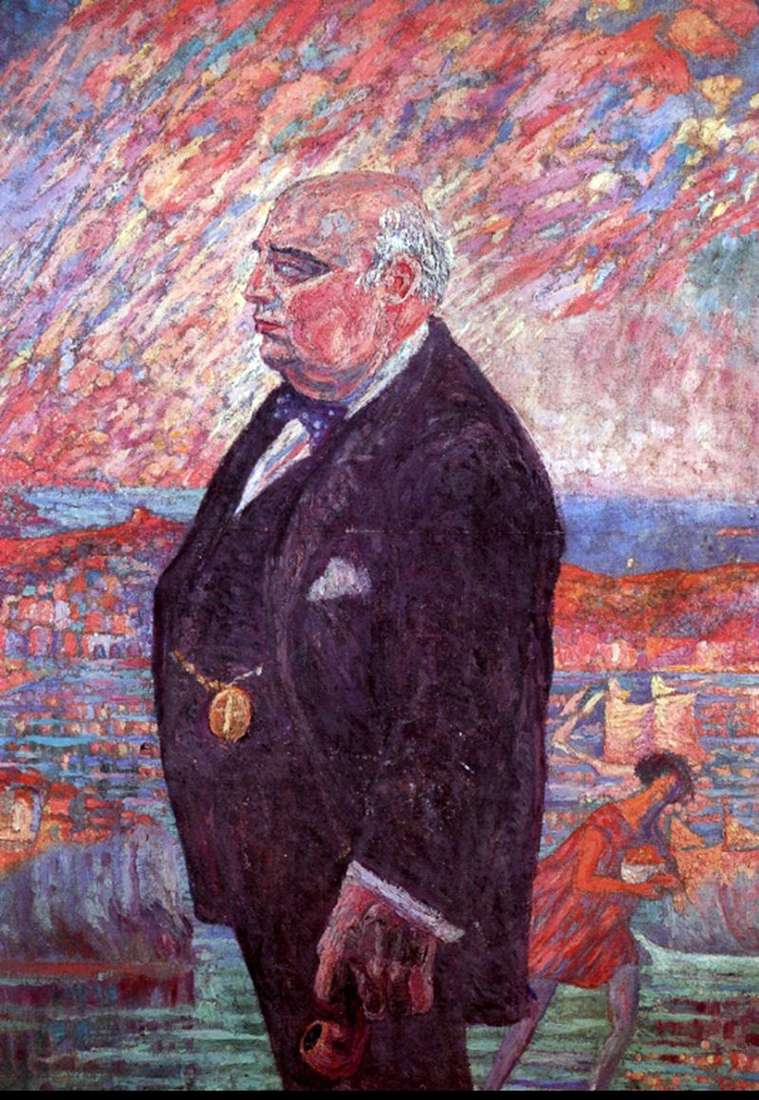
“Portrait of my father” – the work of young Salvador Dali. This is, at first glance, an image that depicts the young boy’s short-lived affection for his father. In the arsenal of the artist there were several more portraits of a big man, but their writing usually refers to the early period of the artist’s creative biography and breaks off at a time when one of Dali’s paintings was signed with the text “Sometimes I spit on my mother’s portrait with pleasure.” The father of the artist, Salvador Dali – the elder, was an influential notary in the Spanish province of Girona.
Despite the status and the hard nature, the father was very fond of the boy, trying to raise him up as an ordinary child. In addition to Salvador, there were two other children in the family – the elder brother, Salvador Gal Anselm Dali and Anna Maria – the youngest sister. Before two years of age, the eldest son died, and his mother began to drag a small Daly to the grave, talking about the love of the firstborn and shedding tears. So El Salvador came to the conclusion that his parents love their parents more and decided to play on these feelings, declaring themselves the reincarnation of the elder brother. At that time, the boy was only 5 years old, but he was a great manipulator of the feelings of adults. The fact that Dali decided to paint a portrait of his father may seem strange, because of alienation from parental care and lack of understanding between relatives since the childhood of the artist.
The father’s cold attitude towards talent and his son’s interest in painting pushes the idea that the former was not going to pose for the author, and the second was writing this image in secret. Perhaps, therefore, many portraits of the person who gave life to the boy were written with a profile in profile, as if from a corner. The fact that the father possessed a hypnotic superiority over the seventeen-year-old Dali, says the character of the portrait – it is the filling of the canvas with one figure, – everywhere He. Next – the dark color of the costume contrasts with the gentle landscape, the girl, as if running away from a big man in fear, the free bearing of a man with an overturned hand, the tube is a sign of good taste, affluence and attachment to one’s own ambitions.
The technique of El Salvador gave at the time of writing the portrait was still limping. There is no recognizable smooth writing and contrast of shadows. Work on style reminds, rather, impressionism, which, incidentally, originally resorted to the author. This direction is characterized by a multicolor and the absence of pure black, which shows the early canvas Dali.
Even then, the artist played with a perspective and clearly reflected the importance of the main character on a large scale. Pay attention, the father seems to fall out of the boundaries of work, he is heavy, overweight, weighty. This is a big man, whose share was constantly abased by his son-genius, but in love to which the artist admitted, being an old, paralyzed person.
 Portrait of my father with a pipe by Salvador Dali
Portrait of my father with a pipe by Salvador Dali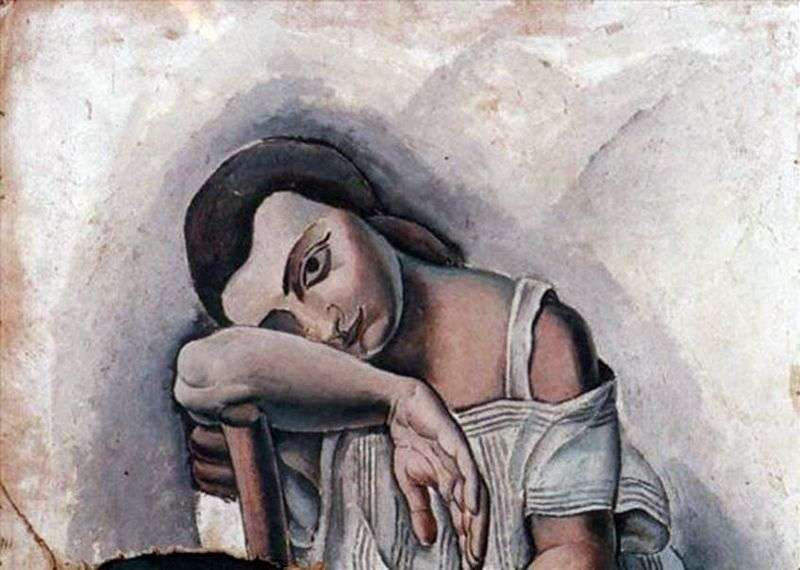 Portrait of Anna Maria by Salvador Dali
Portrait of Anna Maria by Salvador Dali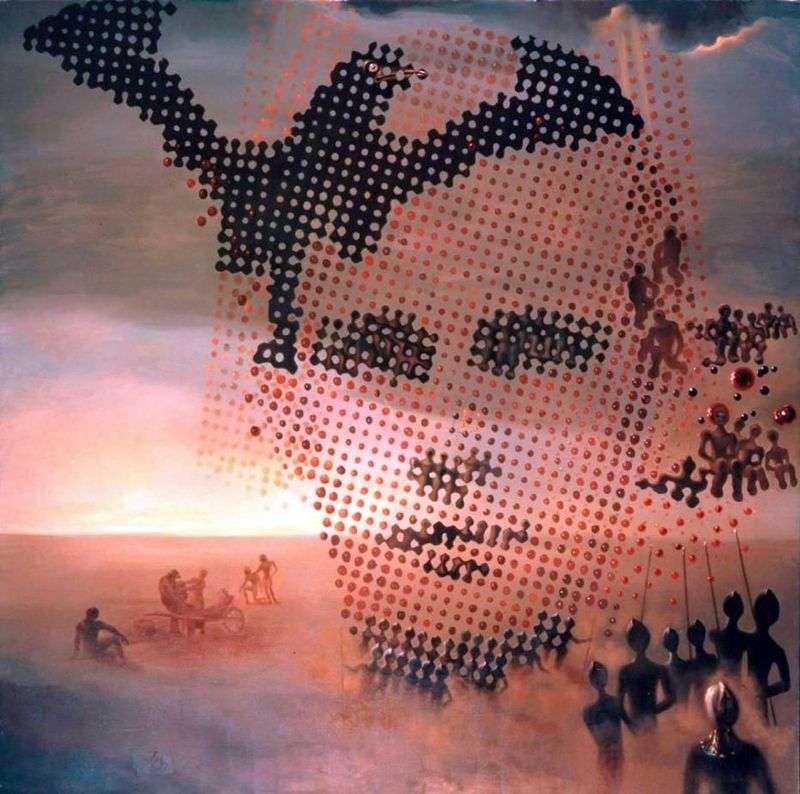 Portrait of my deceased brother by Salvador Dali
Portrait of my deceased brother by Salvador Dali Portrait of Jose Torres by Salvador Dali
Portrait of Jose Torres by Salvador Dali Sodom’s self-satisfaction of an innocent virgin. by Salvador Dali
Sodom’s self-satisfaction of an innocent virgin. by Salvador Dali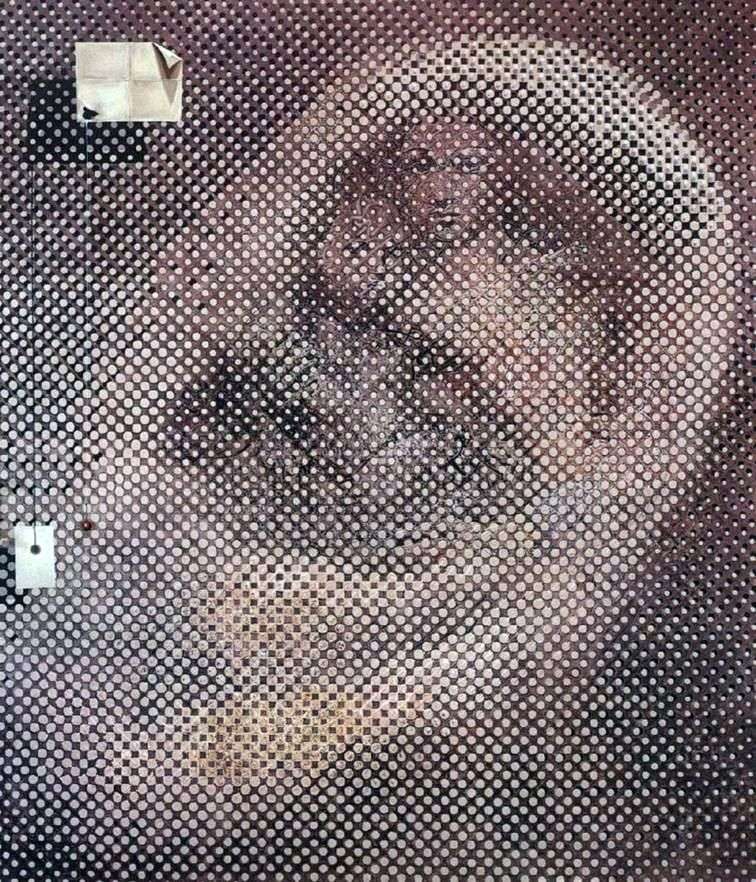 Sistine Madonna by Salvador Dali
Sistine Madonna by Salvador Dali Self-portrait with “Yumanite” by Salvador Dali
Self-portrait with “Yumanite” by Salvador Dali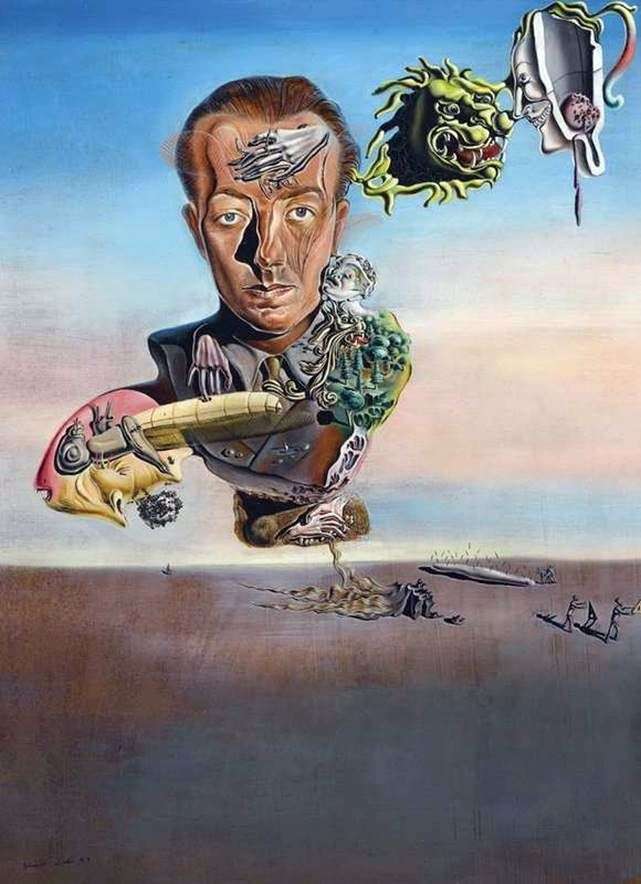 Portrait of Paul Eluard by Salvador Dali
Portrait of Paul Eluard by Salvador Dali